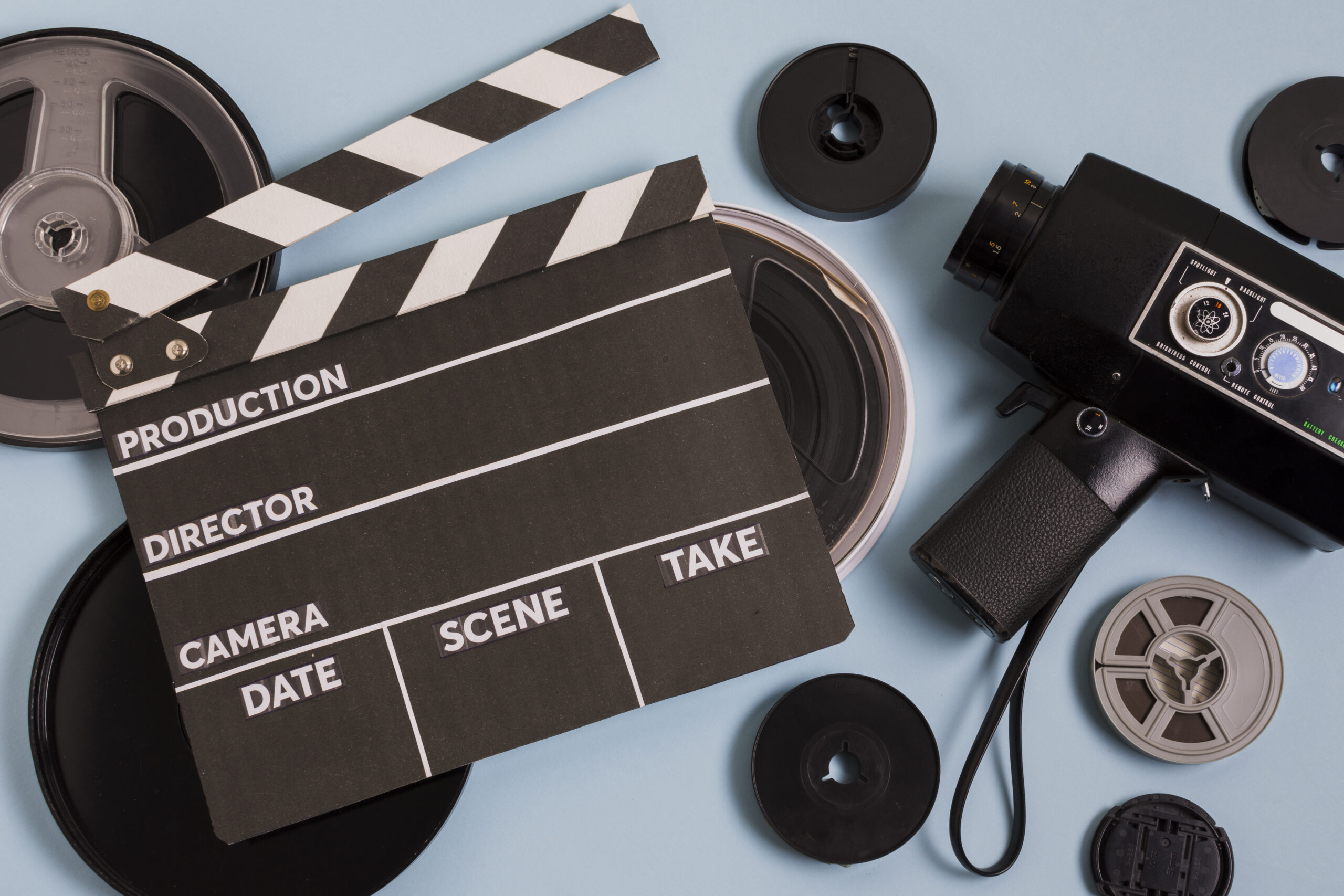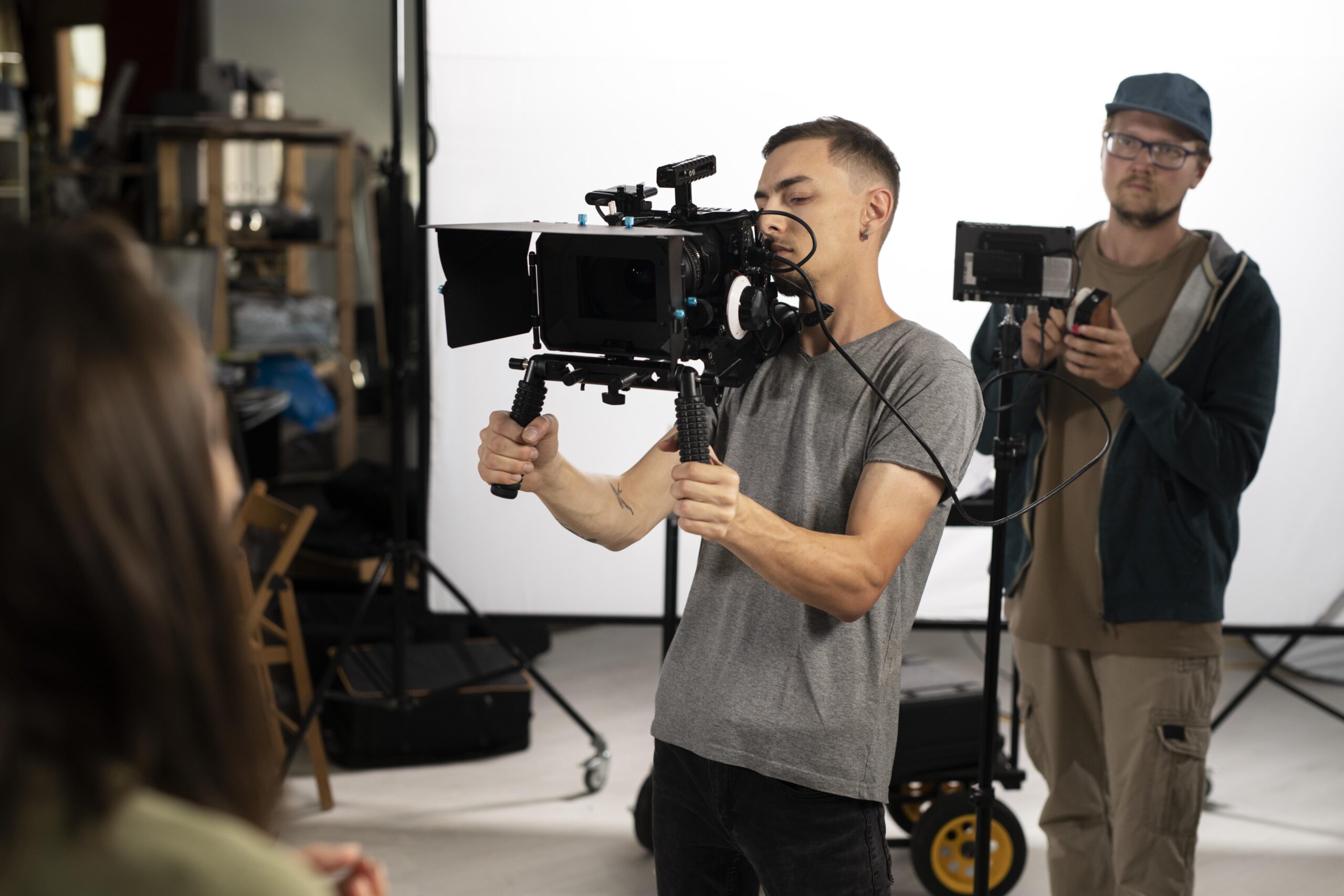Mastering the Craft: 5 Essential Film Making Techniques Every Beginner Should Embrace
Proficiency in fundamental of film making techniques is the first step towards crafting engrossing stories and rich visual experiences in the huge field of filmmaking. To become an expert in any field, whether you’re a novice or an ambitious director, you must comprehend and practice these fundamental methods. Now let’s explore five essential skills that any novice should be able to perform:
Table of Contents
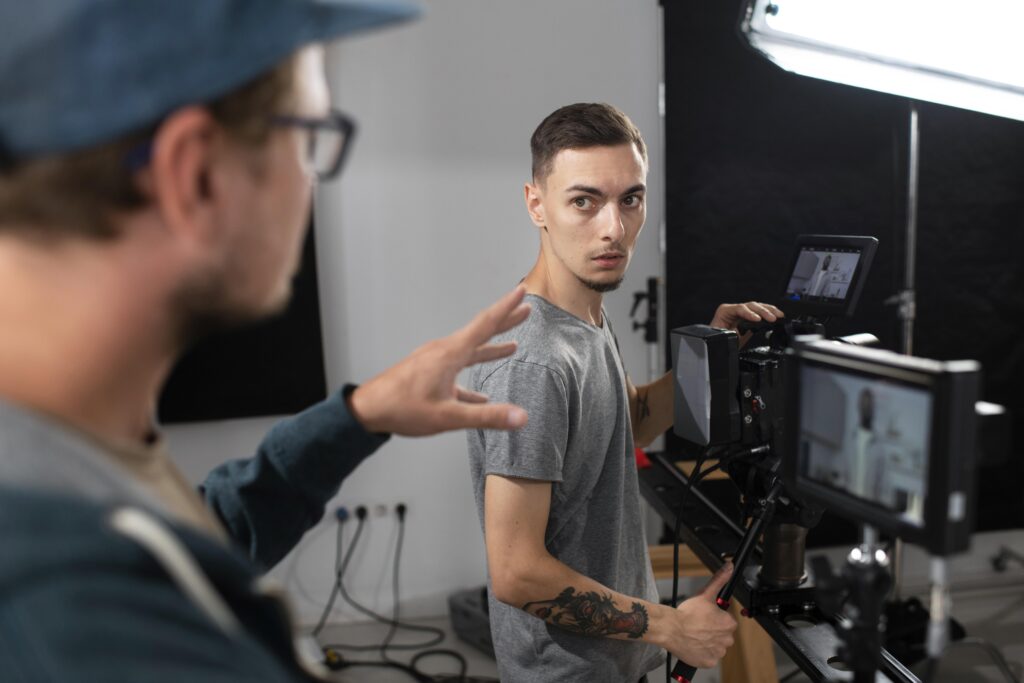
The Framing Technique:
The fundamental purpose of film making techniques is to communicate a story using images. The frame is your canvas, and the composition you decide to use within it will have a significant effect on the story and emotional resonance of your movie. The fundamentals of framing, such as depth of field, leading lines, and the rule of thirds, should be recognizable to beginners.
In order to create a balanced composition, the rule of thirds splits your frame into a grid. Important pieces should be positioned along the lines or intersections. Leading lines improve visual flow by directing the viewer’s attention to the focal point. You may manipulate depth of field to adjust focus, highlighting topics and blurring backgrounds to create a mood or extra emphasis.
By guiding the viewer’s focus and using visual language to express subtext, using these framing strategies improves the photos’ aesthetic appeal while also adding to the overall plot.
Practical Lighting Methods:
The foundation of cinematography, lighting affects mood, ambiance, and clarity of vision. For a beginner to create visually striking images, it is imperative to grasp the basics of lighting setups and approaches.
Gaining proficiency in methods like three-point lighting—which makes use of key, fill, and backlighting—will give you a flexible starting point for properly lighting your situations. The main source is key light, which shapes the subject’s features and gives direction. While backlighting adds depth and distinction, it also balances exposure and softens shadows, giving the image more visual complexity.
Furthermore, experimenting with practicals, natural light, and inventive lighting arrangements promotes artistic expression and gives your images additional levels of significance. Filmmakers may inspire emotion and captivate audiences through visual narrative by mastering lighting methods, whether they are used to create ethereal silhouettes or dramatic chiaroscuro.
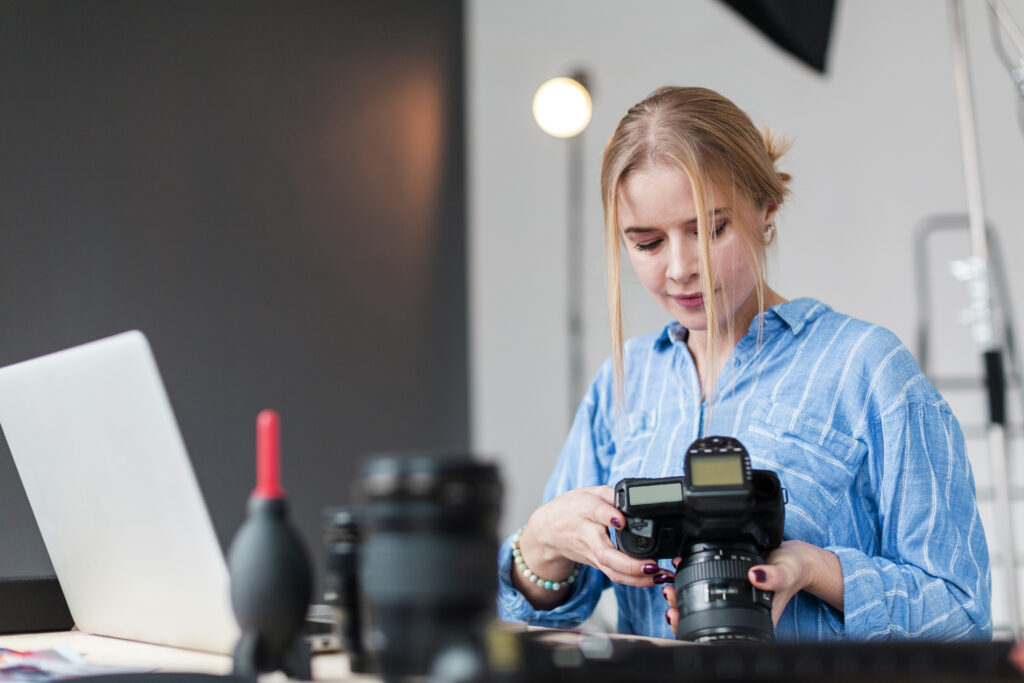
The Influence of Editing:
Editing is an essential talent for filmmakers to have because it’s where the uncut footage becomes a coherent story. You may create engaging sequences that advance the plot and hold the attention of viewers by comprehending the fundamentals of continuity editing, pacing, and montage.
Continuity editing guarantees seamless cuts between scenes, preserving the narrative’s chronological and spatial coherence. The rhythm and tempo of your movie are controlled by pacing, which affects emotional impact and tension. The use of images juxtaposed to create meaning—a technique known as montage—allows for theme investigation and artistic expression.
Filmmakers can create immersive storytelling experiences that stick with viewers long after the credits have rolled by perfecting editing skills and making good use of editing technologies.
Stunning Sound Design:
Although sound is sometimes overlooked in filmmaking, it is essential to how viewers perceive and participate emotionally with a work. Every auditory component, including background noise, sound effects, music, and speech, adds to the immersive cinematic experience.
For a novice, it’s imperative to acquire the skills of sound editing and mixing as well as high-quality on-set recording. Gaining an understanding of concepts like conversation clarity, sound layering, and ambient noise manipulation will help you to weave a rich audio landscape that accentuates the visual story and elicits strong feelings.
Creatively incorporating sound design can also give your tale greater depth, texture, and subtext, which can reinforce themes and draw viewers into the movie’s world. Acquiring proficiency in sound design techniques enhances the impact and immersive experience of your cinematic productions, whether you’re composing a symphony of sounds or creating a tense quiet.
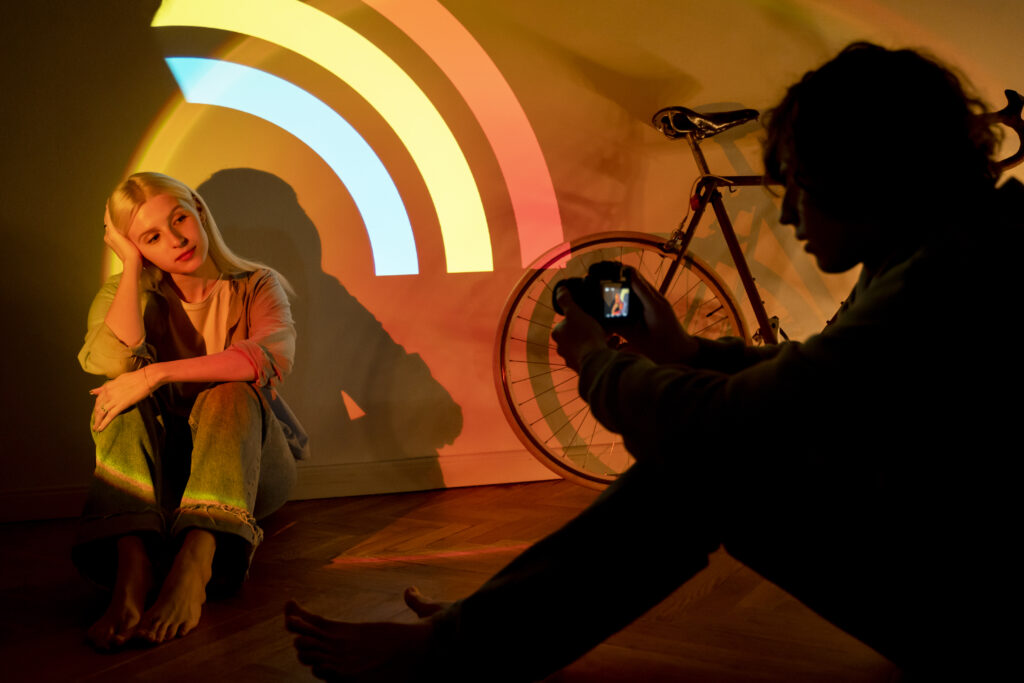
Visual Narrative using Cinematography:
The language of visual storytelling, cinematography includes composition, camera movement, and aesthetics. To effectively portray narrative, character, and emotion as a novice, you must develop a great eye for framing, camera angles, and movement.
Try experimenting with various camera motions, including tilts, pans, and dollies, to give your images more energy and visual appeal. In contrast, static compositions might, depending on the situation, express stability or stress. A deeper understanding of the psychological effects of various angles—high angles for vulnerability, low angles for empowerment—allows for thematic resonance and nuanced character portrayal.
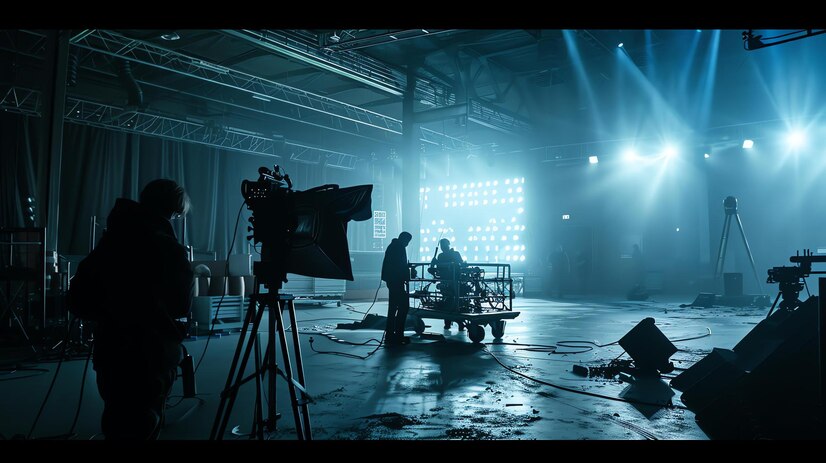
Film Making Techniques:
Developing a mastery of these 5 fundamental film making techniques—sound design, editing, lighting, and cinematography—provides the foundation for creating visually captivating stories and immersive experiences. Brilliko Institute of Multimedia provides film making techniques & benefits knowledge. A voyage of creative exploration in the ever-evolving world of filmmaking is possible for novices who raise their craft through persistent practice, experimentation, and a dedication to storytelling excellence.

